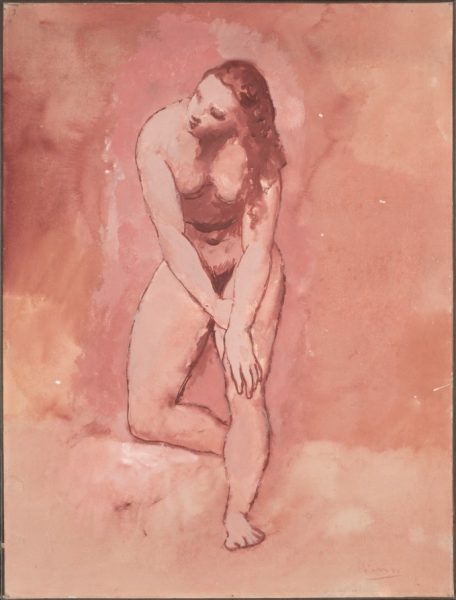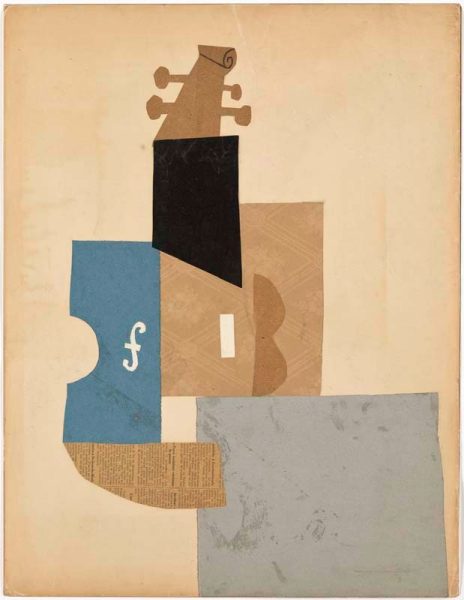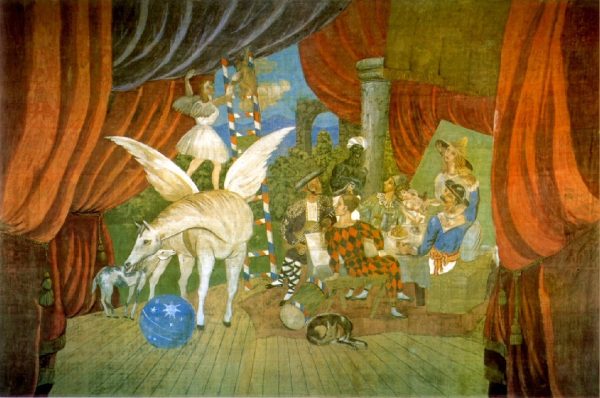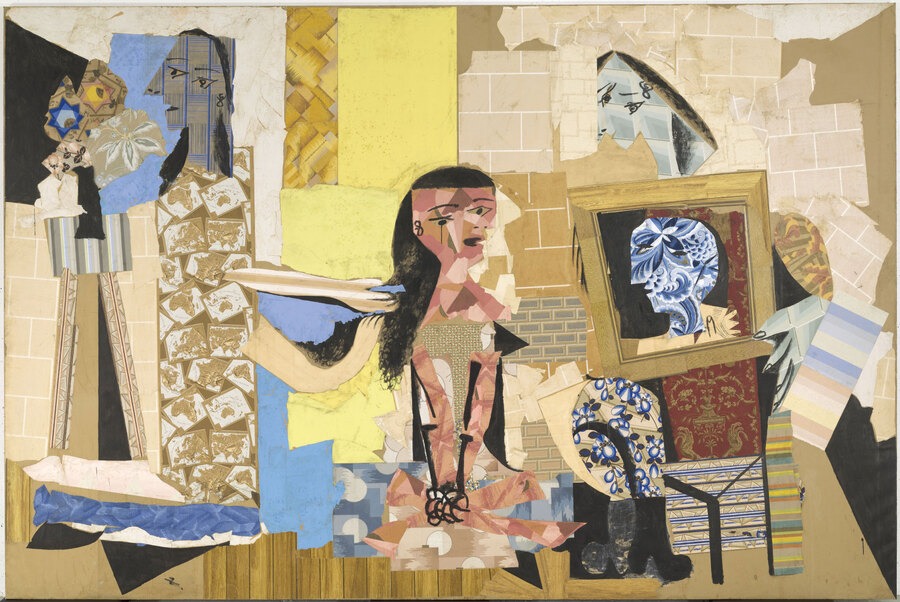For over a century, Pablo Picasso’s name has been synonymous with artistic revolution. For just $11, students can immerse themselves in his world at the Cleveland Museum of Art. The exhibit, open until March 23, showcases nearly 300 works spanning his prolific career, including paintings, collages, photographs, sketches and even videos of him painting live. What makes this exhibition remarkable, though, is its layered approach to understanding Picasso, not just as an artist, but as a restless innovator who constantly reinvented himself.
Early Works
The journey begins with Picasso’s early works, offering a glimpse of his artistic roots. Among the first pieces displayed are paper cutouts of a dove and a dog that he made as a child. Even in these simple forms, Picasso treated paper not just as a surface to paint on, but as a material to work with.
The Blue Period
After the suicide of his close friend Carlos Casagemas, Picasso entered his Blue Period and painted almost exclusively in cool blue tones, capturing themes of loneliness, poverty and grief. “La Vie” is one of the most haunting pieces from this period, depicting a working-class couple wrapped in sorrow, their forms blending into the muted background.
Another striking piece is “The Frugal Meal,” an etching from his Saltimbanques series. It depicts two street performers, emaciated and weary, sitting at a dinner table with empty plates. What makes this work so interesting is that Picasso etched it over an earlier drawing, so remnants of a grassy landscape peek through the figures. This layering of images mirrors the layered emotions of the piece: hunger, exhaustion and quiet dignity.

Rose Period
Transitioning into the Rose Period, Picasso’s palette warms, and his subjects take on a more lyrical quality. Inspired by ancient Greek and Roman forms after his study at the Musée du Louvre, this era reflected his growing fascination with classical art and how it connected with everyday depictions of acrobats and harlequins. While the themes of isolation remain, there is also an emerging sense of beauty and resilience.

Cubism
Perhaps the most transformative phase of Picasso’s career, Cubism, was done in collaboration with fellow artists like Georges Braque. Picasso deconstructed objects into their most basic geometric forms and shapes, challenging the idea that art must mirror reality. By presenting multiple angles simultaneously, he forced the viewer to engage with space and form in an entirely new way.
A significant piece in this section is a replica of “Guernica,” Picasso’s monumental anti-war painting. Originally created in response to the 1937 bombing of the Spanish town of Guernica, the work remains one of the most powerful political statements in modern art. The fragmented figures and stark black-and-white palette capture the horrors of war with a sense of urgency.

Parade
Beyond painting, Picasso was also deeply engaged with theater and performance. He designed the set and costumes for the avant-garde ballet “Parade,” which was groundbreaking for its fusion of high art and street entertainment. The production incorporated everyday sounds, like street music, typewriters and sirens into a theatrical setting. The exhibit features video clips of “Parade” as well as the original cardboard costumes Picasso designed, showcasing the versatility of his art.

The exhibition winds to a close in a section dedicated to Picasso’s creative process. A series of interview videos captures him mid-creation and under the pressure of a time limit. His movements are swift and decisive, and watching him is a reminder that his genius wasn’t just in what he made, but in how he made it. He was never afraid to destroy, to rework, to start over. That kind of confidence and that willingness to embrace chaos is what made him Picasso.


